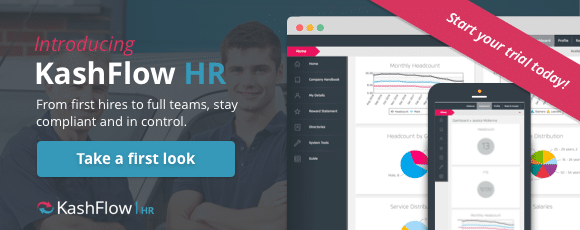
What is employee engagement?
Employee engagement is a method of improving workplace culture so that employees are more involved in and enthusiastic about their work.
By setting various conditions in the workplace, including open communication, you can encourage a more motivated and productive workforce.
What are the aims of employee engagement?
The aim of employee engagement is to have a workforce that is committed to the company’s goals and values, motivated to contribute their best efforts towards the company’s success, and has an enhanced sense of self-worth.
The key to achieving this aim is showing your employees that you are there for them as individuals.
In turn, your employees should feel proud to work for your company and almost work as ambassadors by promoting their workplace and career. If they take pride in their work, employees are more likely to go the extra mile when it comes to deadlines or customer service.
Why is employee engagement important?
Employee engagement is designed to create positive workplace attitudes and behaviour, which create a more motivated workforce. This in turn can improve individual and company-wide performance and productivity, which can increase the chances of business success.
High employee engagement can also be linked to fewer sick leave absences, grievances and reported accidents. Conversely, it can be linked to higher productivity, more ideas being shared – leading to better innovation – and improved customer service.
How to improve employee engagement
There are four key elements to improving employee engagement.
- Ensuring you have the right leadership.
Leaders within the company should have a clear vision of where the business is headed and share this with the team. Leaders should be aware of how every employee will contribute towards reaching this goal, and take note of their contributions.
- Ensuring line management empowers each team.
For employees to be engaged, they need to be empowered. This means line managers can’t micro-manage or control their staff. Make sure your company emphasises motivation, empowerment and a “listen and act” approach to feedback.
- Ensuring company values are lived.
Make sure that your policies on customer service, diversity and work quality are seen in action. If employees know you’ll stick to your word, it creates a sense of trust and fosters a better relationship.
- Ensuring employees have the opportunity to speak up.
Employees are at their most engaged when they’re interacting with the company. Give them an opportunity to raise questions and offer opinions, and act on concerns and feedback. It’s key to motivating your staff, and involving employees can bring new ideas to the table – boosting innovation and decision making.
How to measure employee engagement
Engagement can be hard to quantify. After all, there are no clear ways to measure someone’s feelings. However, as we mentioned above, showing that you’re there to support your employees is in itself a key aspect of engaging your workforce.
There are a number of ways you can measure staff engagement in your business:
- Conduct employee surveys.
These should be done quarterly as a minimum. After all, checking in once a year won’t help you make a difference. Keep the survey brief to encourage more responses and always use simple, direct questions. For quantifiable data, use multiple choice questions, opinion scales, and simple yes/no options. Alternatively, use open-ended questions for qualitative data and feedback.
This is a great way to find out how each of your employees feel and work with them on personalised feedback. Take time every few weeks to sit down with your employees and catch up on how staff feel they’re doing at work and what goals or problems they have. For this to work, it’s essential that they feel that they can open up to you.
- Establish your employee Net Promoter Score (eNPS).
By simply asking “How likely are you to recommend working for this company to a friend?” you can easily measure overall engagement. Calculating your eNPS score is relatively straightforward:
- Add up the total number of responses
- Add up the total number of 9 & 10 scores (your promoters)
- Add up the total number of 0-6 scores (your detractors)
- Subtract the percentage of detractors from your promoters
Scores of 7 & 8 are discounted as neutral. Your score will rank between -100 and +100, anything above 50 is great and above 70 is classed as excellent. For added value, make sure you include open follow up questions like “what’s the reason for your score?” or “what would you change?” for actionable points.
How to act on employee feedback
It’s essential that you act on employee feedback, so that your staff know you’re listening to them and care about their opinion. Disregarding survey results or points raised in 1-2-1s is a sure-fire way to lower employee engagement.
Try picking a couple of feedback points to work on. Communicate your choices, the reasons behind them, and your proposed actions to your team. Where possible, involve your management team in implementing changes so that individual teams are involved and a cultural shift is implemented.
To find our how HR software can help you improve employee engagement, arrange a free demo or trial of KashFlow HR – the HR software built for small businesses.
Discover more from reviewer4you.com
Subscribe to get the latest posts to your email.






